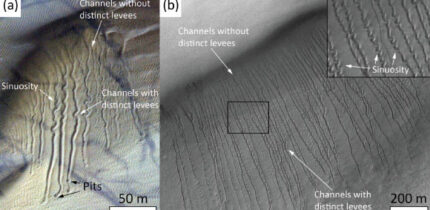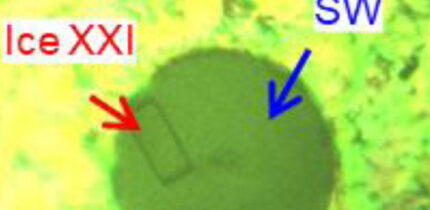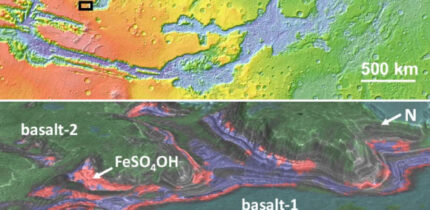ALMA Detects Heavy Water in Planet-Forming Disk around Distant Protostar
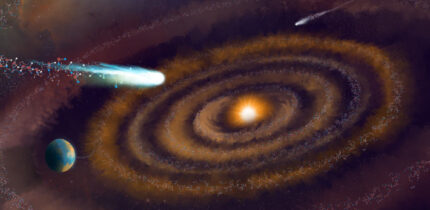
Astronomers using the Atacama Large Millimeter/submillimeter Array (ALMA) have detected doubly deuterated water (D2O), or ‘heavy water,’ in the protoplanetary disk around V883 Orionis, a protostar located 1,300 light-years away in the constellation of Orion. This detection reveals that some of the water found in comets — and maybe even Earth — is older than the disk’s star itself,...

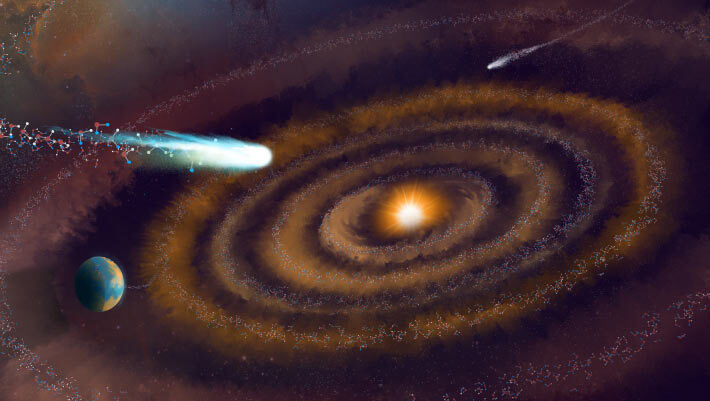
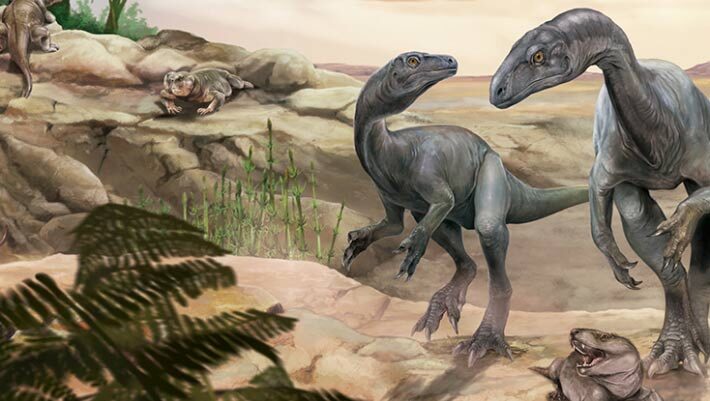
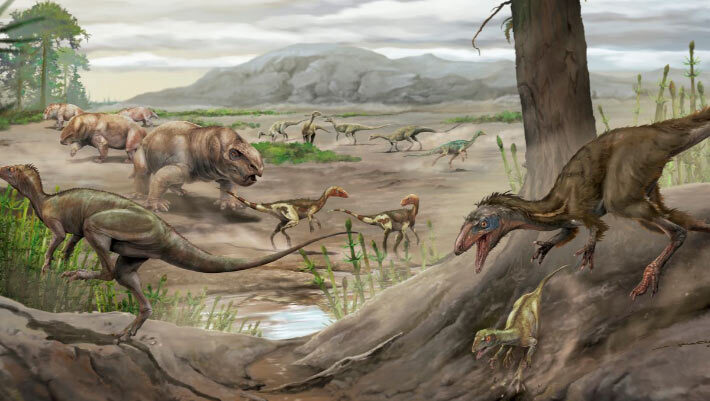
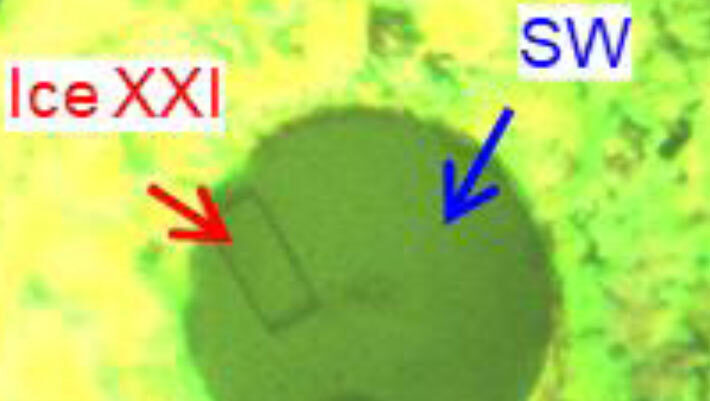
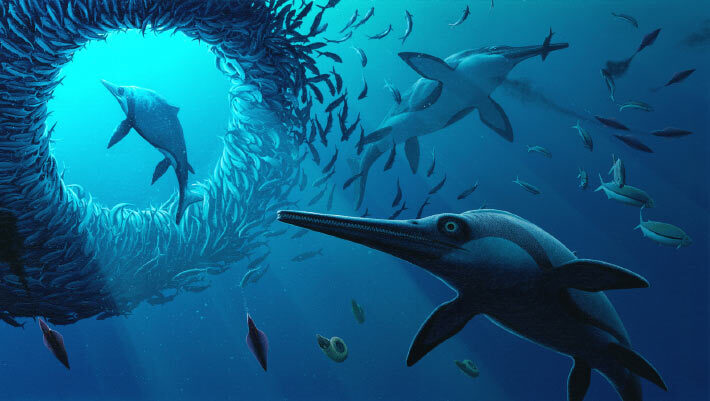
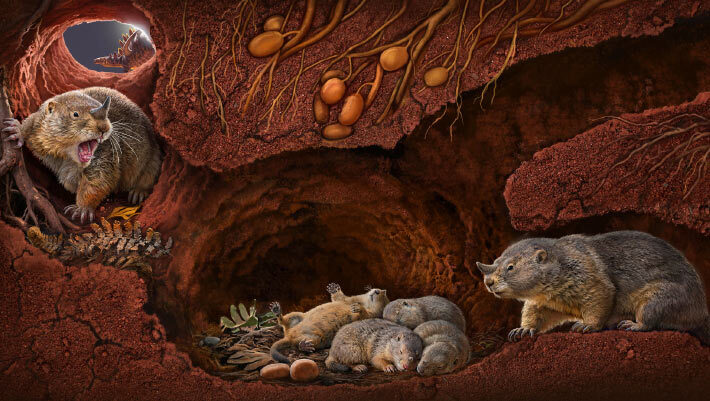
 ALMA Detects Heavy Water in Planet-Forming Disk around Distant Protostar
ALMA Detects Heavy Water in Planet-Forming Disk around Distant Protostar
 Paleontologists Discover New Species of Triassic Long-Necked Dinosaur
Paleontologists Discover New Species of Triassic Long-Necked Dinosaur
 New Species of Triassic Carnivorous Dinosaur Identified in Argentina
New Species of Triassic Carnivorous Dinosaur Identified in Argentina
 New Form of Ice Discovered: Ice XXI
New Form of Ice Discovered: Ice XXI
 Fossil of Long and Narrow-Snouted Ichthyosaur Uncovered in England
Fossil of Long and Narrow-Snouted Ichthyosaur Uncovered in England
 Two Jurassic Mammal Relatives Had Uniquely Shaped Jaw Joints
Two Jurassic Mammal Relatives Had Uniquely Shaped Jaw Joints


